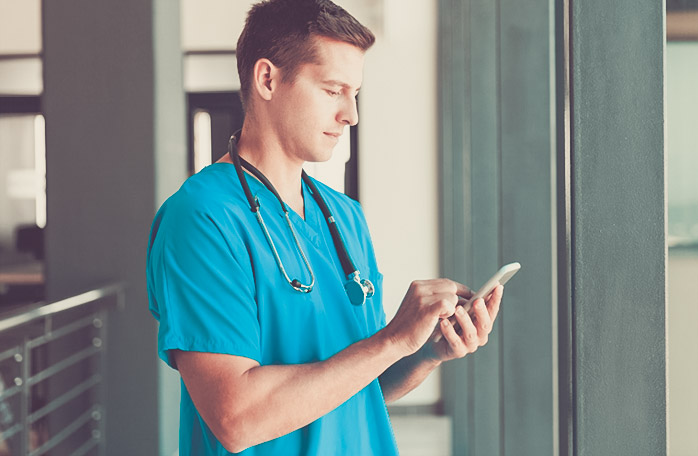RNDS News
Engaging Patients, Families, and Communities

A growing body of evidence highlights the potential benefits of patient-centered care for clinical outcomes, health, satisfaction among health care workers, and providers’ financial performance. For example, several hospitals that encourage patient-centered care by paying greater attention to patient needs and preferences, as well as care coordination, have found that adverse events decrease, employee retention increases, operating costs decrease, malpractice claims decline, lengths of stay are shorter, and the hospital’s costs per case decrease.1″
Economic outcomes can be substantially improved when the circle of care is fully active and committed
Clinicians and health care staff work tirelessly to care for their patients in an increasingly complex, inefficient, and stressful environment. However, the structure, incentives, and culture of the system in which they work are often—perhaps usually—poorly aligned to support their efforts to respond to patients’ needs as their core priority. Recognizing the imperative to center on the patient, a learning health care system is one in which patients and their families are key drivers of the design and operation of the learning process. When patients, their families, other caregivers, and the public are full, active participants in care, health, the experience of care, and economic outcomes can be substantially improved.1″
Empower patients and increase overall care with the RNDS platform
RNDS has developed a platform that puts patients at the center of the care paradigm by empowering them during their hospital stay and after discharge. The RNDS App helps coordinate healthcare professionals and patients helping improve outcomes, reduce errors, increase quality of care and patient experience all at bedside. This novel technology helps improve communications between all parties which empowers people and increases overall satisfaction.
1Original Article from Nation Center for Biotechnology Information “Engaging Patients, Families, and Communities”
